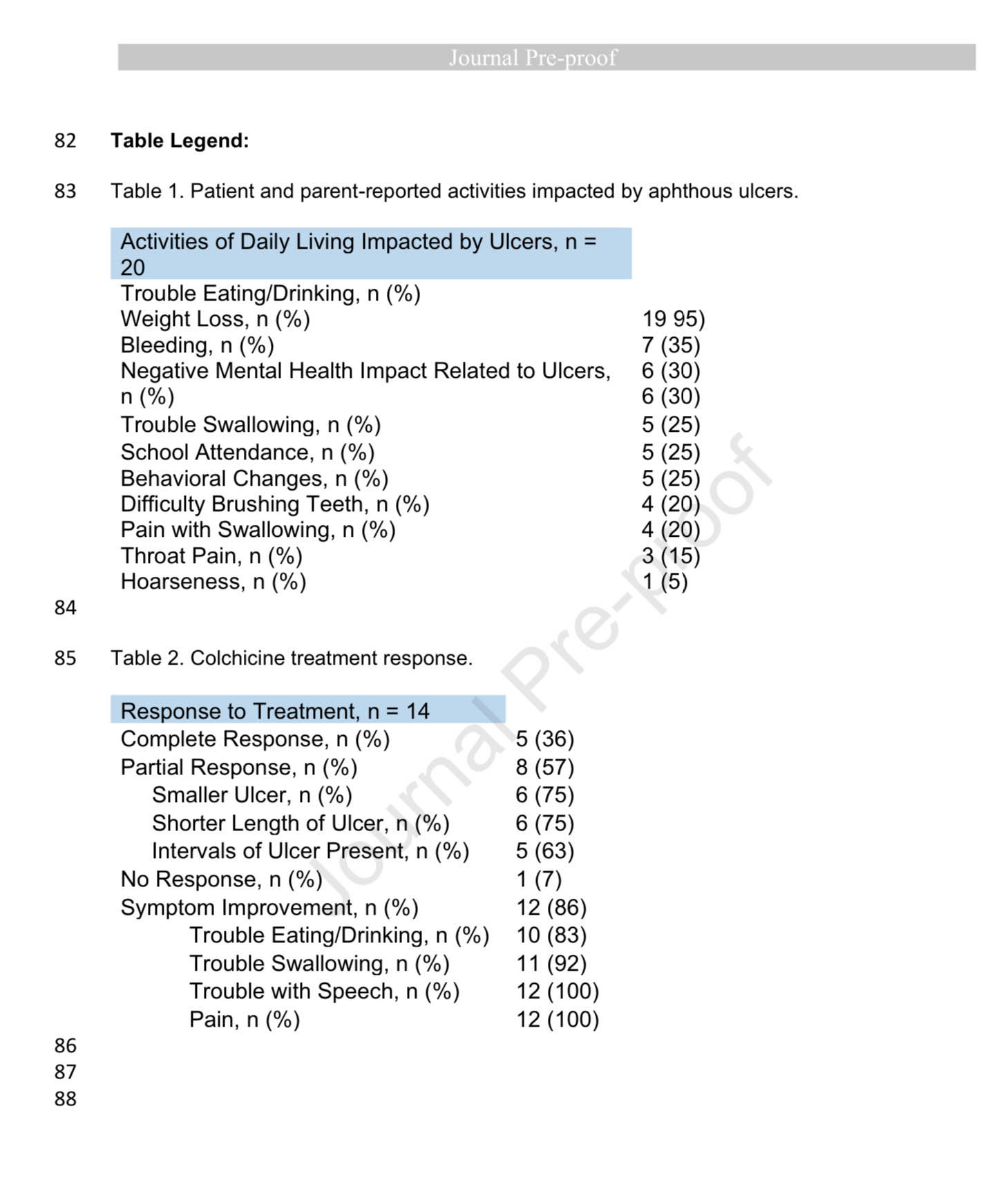B-cell lymphoma-2 (Bcl-2) is a family of proteins that regulate cell death by blocking apoptosis [25]. Thus, its expression is viewed as a pro-survival protein. Both rapamycin and everolimus have been noted to not only inhibit Bcl-2 expression, but also to induce apoptosis; in addition, everolimus’ ability to significantly decrease pro-survival proteins has been reported to occur even with low concentrations of the drug [26]. This is most likely associated with the inhibition of the mTORC2 complex given its role in cell survival and the observation that oral toxicities of rapamycin, incorrectly long thought to be mTORC1-specific, generally are not seen until late in dosing. Thus, it seems likely that everolimus-associated apoptosis may be a component of mIAS initiation. The observation that Trefoil Factor 1 (TFF1) effectively prevented apoptosis supports this hypothesis [27].
However, at least two additional mechanisms may play a role in the first phase of mIAS development. Macrophages are normal residents of the oral mucosa’s lamina propria, playing a critical role in the local immune response as antigen-presenting cells [28] and in effecting the local inflammatory response. Martinet et al. [29] reported that everolimus increased the phosphorylation of p38 MAPK, which resulted in the secretion of pro-inflammatory cytokines including IL-6 and, in agreement with other investigators, noted the everolimus was an effective inducer of autophagy.
Under normal conditions, autophagy is a catabolic process in which cytoplastic material is transferred to the lysosome for degradation and recycling [30] in response to cellular stress. Curiously, while considered to be a cell survival pathway for stressed cells, autophagy may also lead to apoptosis [31]. The relationship between autophagy and apoptosis may be independent, occur in parallel, or be synergistic, but may also be a relationship in which autophagy initiates apoptosis. The mTOR pathway plays a critical role in autophagy [32,33] and, from the standpoint of mIAS, the observation that everolimus elicits autophagy seems relevant [31], especially in the context of its potential role in eliciting apoptosis.
At least two other factors suggest both a dissimilarity and a likeness between RAS pathogenesis and that of mIAS. It has been proposed that the ulcers of RAS are a consequence of massive transepithelial apoptosis in which secondary necrosis leads to DAMP (damage-associated molecular patterns) signaling and the initiation of the innate immune response, as noted above. Consequently, Al-Samadi et al. characterize RAS development as being a “top down” phenomenon [21]. This would seem to contrast with the potential initiating/promoting mechanisms of mIAS, which would support a basal stem cell target. In both instances, massive apoptotic changes and a lack of renewal would lead to ulceration. In contrast, caspase-3 expression in all epithelial layers was deemed to be indicative of the “full thickness” epithelial apoptosis described for RAS. In concordance with this finding are the results of studies in which increases in caspase-3 were noted following everolimus [34,35]. While it would be theoretically possible that, as has been described for RAS, necrotic epithelial cells could amplify pro-inflammatory pathways via the innate immune system, the mTORi attenuation of this pathway and the dosing schedule associated with mTORi use seem to make this unlikely.
3.5. Ulceration and Resolution and Rationale for Steroids
While there do not seem to be descriptions of the histological changes associated with mIAS ulcers, both animal data (Sonis et al. Unpublished) and the clinical phenotype indicate that the tissue changes are consistent with the well-described non-specific features associated with traumatic or aphthous lesions. Lesions in both conditions are painful but resolve spontaneously in two weeks or less [36]. Since everolimus is administered with a daily dosing schedule, mIAS’ time to onset being typically soon after the initiation of treatment, but generally with the first two months, suggests a rapid biological effect. The temporary discontinuation of the drug is associated with resolution and, in a finding which contradicts logic, the incidence of mIAS appears to decrease in specific patients with second courses of treatment. This finding is in sharp contrast to the increased risk of mucosal toxicity in patients receiving multiple cycles of cytotoxic chemotherapy. Clearly, additional studies will be needed to more fully understand this observation.
Topical steroids have been a mainstay in the treatment of inflammatory oral diseases such as aphthous and lichen planus. They are not effective in the management of either radiation- or chemotherapy-induced mucositis but have been shown to be of benefit in the case of mIAS, as was first demonstrated in the Phase 3 clinical trial for Ridaforolimus (NCT00538239).The rationale for topical steroid use was based on their efficacy in controlling inflammation. However, since steroids also have marked immunosuppressive activity, their use in managing ulcerations induced by another immunosuppressive agent has always seemed to be a clinical oxymoron. In fact, steroids’ anti-inflammatory activity is somewhat distinct from their immunosuppressive action, and it is their anti-inflammatory activity that is attractive for mIAS [37]. In particular, steroids (dexamethasone) effectively modulate the mTOR signaling pathway to interfere with the release of proinflammatory cytokines. This conclusion was reached when the effects of clobetasol were observed in response to everolimus [29,38]. Consequently, it is not surprising that topical steroids (dexamethasone) have been successful as an intervention for mIAS [39], with two caveats. Based on mIAS pathogenesis and clinical observations, topical steroid therapy is most appropriate as a treatment, not a prophylaxis. Second, a topical steroid formulation is preferred over a systemic route of administration.
